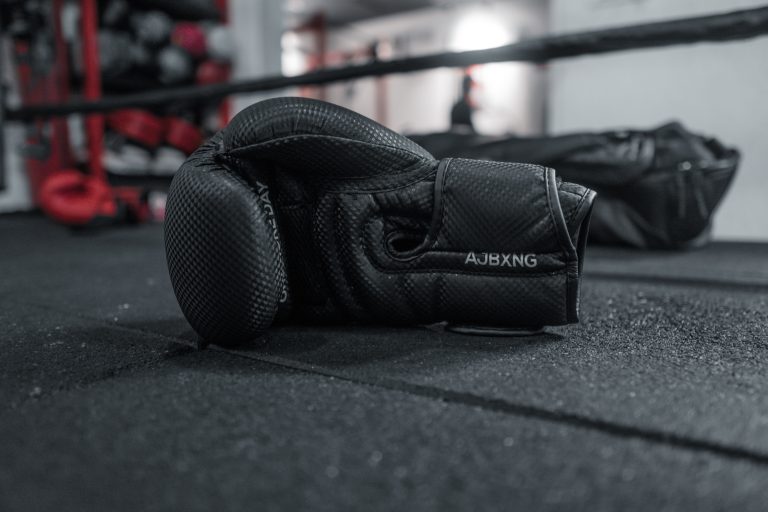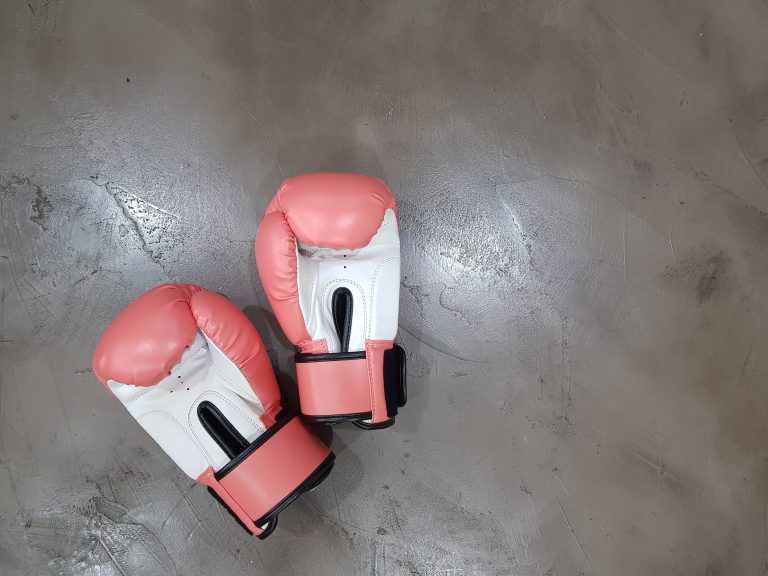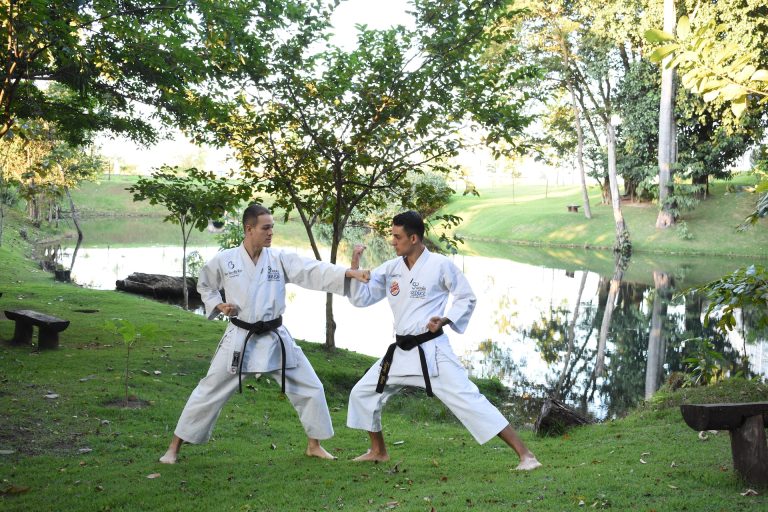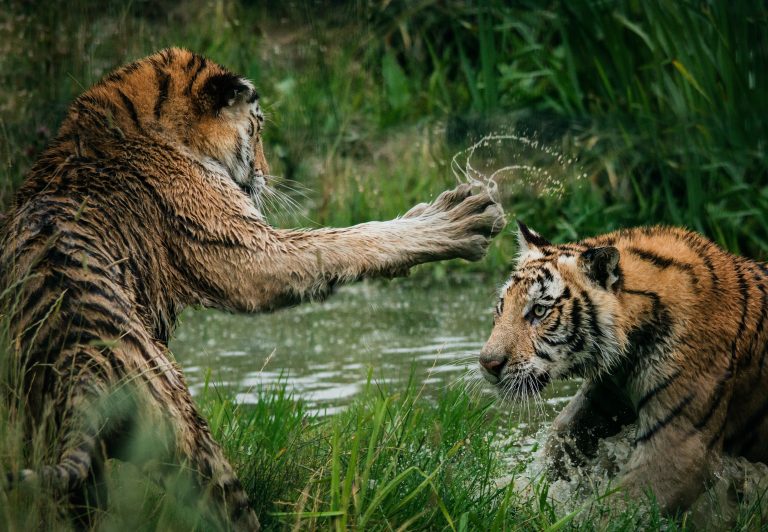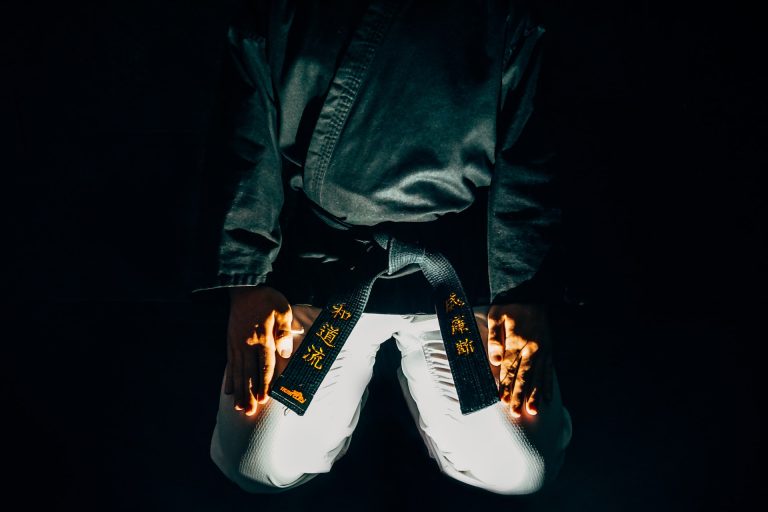What Is Shorin-Ryu Karate? A Comprehensive Guide
Karate is a beloved martial art that has been practiced all around the world for many decades. It has seen resurgence in popularity recently, with many people interested in learning its various forms. One of these forms is Shorin-Ryu Karate, a style that is discussed less often than others. If you’re interested in learning more about it, then this guide is for you!
In this article, we’ll take an in-depth look at what Shorin-Ryu karate is, its history and philosophy, and some of the core techniques and kata associated with this martial art. We’ll also talk about how to find a quality dojo where you can learn Shorin-Ryu karate and how to differentiate it from other forms of karate. By the end of this guide, you’ll be well-versed in all things related to Shorin-Ryu karate. Let’s get started!
What Is Shorin-Ryu Karate?
Shorin-Ryu karate is a martial art form developed in Okinawa and Japan in the early 1900s. It is derived from an older martial art called Shorei-Ryu and is otherwise known as Shurite. This type of karate incorporates both hard and soft techniques and emphasizes rigorous physical conditioning.
Shorin-Ryu karate differs from other styles of karate in many ways. One of the primary differences between it and other forms is that it focuses heavily on body positioning and mobility, with practitioners employing circular movements to deflect and evade their opponents’ attacks while they strike with their own. Its focus on intense physical conditioning also sets it apart, as practitioners strive to hone their bodies’ endurance levels and build strength.
Shorin-Ryu Karate’s History
Shorin-Ryu karate was originally developed by two accomplished Okinawan teachers in the early 1900s – Chotoku Kyan and Choki Motobu. Kyan was the first to introduce Shorin-Ryu karate, combining elements of Okinawan martial arts such as tomari-te and shuri-te. He taught his form of karate in the Okinawan cities of Naha and Shuri until his death in 1945.
Motobu was also instrumental in the development of Shorin-Ryu karate. He was a 7th degree black belt who wrote extensively about his own unique approach and modifications to traditional Okinawan martial arts. His writings influenced generations of karateka, including those who eventually formed their own styles, like Goju-Ryu, Uechi-Ryu, and Matsubayashi-Ryu.
Today, there are over 200 branches of Shorin-Ryu karate practiced around the world. It is one of the most popular and widely practiced forms of karate and its teachings continue to be shared by its many students.
Philosophy
The philosophy behind Shorin-Ryu karate is rooted in the traditional principles held by other forms of Japanese martial arts. It emphasizes respect, discipline, and character development as essential aspects of its practice. This philosophy is encapsulated within the code of Bushido (the way of the warrior) which stresses self-discipline, honor, respect for others, humility, and courage in all aspects of life. This code allows practitioners to develop their character through the practice of karate and apply its teachings in their everyday life.
As a martial art form, Shorin-Ryu also places an emphasis on being able to defend oneself against an attack while simultaneously respecting one’s opponent. Its goal is not to be used as an aggressive force, but rather to maintain harmony within any given situation. This aspect of its philosophy distinguishes it from other forms of martial arts.
Techniques & Kata
Shorin-Ryu karate is composed of several different types of techniques and kata (forms or patterns of movements). These techniques range from basic punches and kicks to more complex blocks and strikes that can be used against multiple attackers at once. Students also learn kata, which are set patterns of movements used to provide an added layer of training beyond what can be done during partner practice.
The Shurite kata used in Shorin-Ryu includes Sanchin, Seisan, Naihanchi, Kushanku, Passai, Chinto, Gojushiho, Ananku Seiyunchin, Useishi and Suparinpei. These are all based on ancient Okinawan martial arts principles but have been adapted to fit the modern forms of self-defense taught by practitioners today. In addition to these kata, students also learn two Okinawa weapons kata – Kokso Hoju Sho and Takeshaku Bo Kata.
Where To Learn Shorin-Ryu Karate?
If you’re interested in learning Shorin-Ryu karate, then you’ll want to find a quality dojo where you can practice with experienced instructors who emphasize its core philosophy and techniques. Fortunately, there are many dojos around the world that offer classes and special seminars on the art where you can learn more about what it entails.
You can search online for dojos in your area or seek out recommendations from friends or family who have trained in the art before you. Be sure to read reviews of any dojos you’re considering joining to ensure they’re offering a high level of instruction in line with your expectations. Additionally, don’t hesitate to ask questions if needed – after all, it’s important to understand what you’re getting into before committing to a program.
Once you’ve chosen a dojo, you should attend classes regularly and try to absorb as much knowledge and instruction as possible from your instructors. While the art of Shorin-Ryu karate can take many years to master, with steady practice you should start to notice improvements relatively quickly – so don’t be discouraged if you don’t feel like you’re achieving mastery right away!
Differences Between Shorin-Ryu & Other Karate Styles
Although there are many similarities between all forms of martial arts, there are also distinct differences between them that set them apart – including between Shorin-Ryu and other styles of karate. One primary difference is its emphasis on movement and technique over pre-arranged forms or patterns of movement – a trait that often sets Shorin-Ryu apart from its contemporaries. This gives practitioners great freedom when it comes to responding to attacks or initiating their own – as their body positioning allows them to react quickly without having to pause mid-movement like those who practice more structured forms of karate may have to do.
Another difference between Shorin-Ryu and other styles is its focus on intense physical conditioning. Unlike other styles that focus on speed or strength alone, Shorin-Ryu emphasizes both endurance and power when performing techniques – a practice that has been recommended by generations of prominent practitioners around the world. This ensures that practitioners are able to handle various scenarios set forth by their opponents efficiently and decisively while also maintaining complete control over their movements.
Conclusion
This guide aimed to provide an introduction to Shorin-Ryu karate – its history, philosophy, techniques and kata – as well as help readers find quality dojos where they can learn the art if they wish to take up its practice. We hope this guide has helped shed some light on what Shorin-Ryu karate is and distinguish it from other styles so that readers can decide if it’s right for them!
Inhaltsverzeichnis

